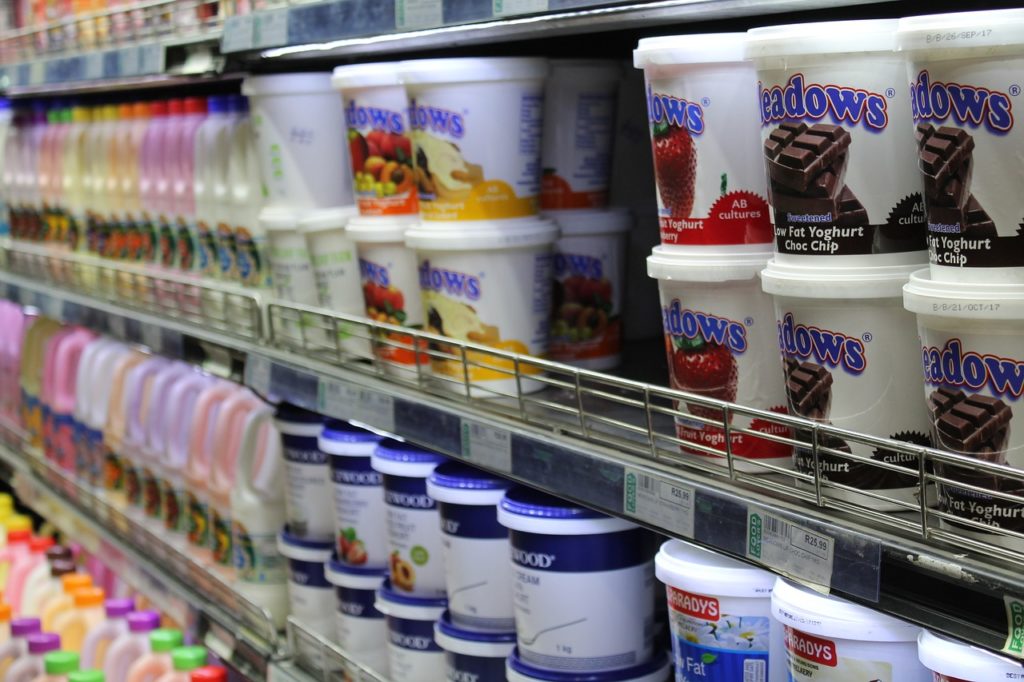
What’s In A Label?
With the current demands on most people’s schedules, it is easy to fall into the trap of convenience eating. Eating for comfort, to help ourselves feel better or simply to get something rather than nothing in are all approaches that are more common than not. Unfortunately, these approaches don’t really sustain health and ultimate cost us energy and productivity instead of providing it.
Things you eat are either foods or non-foods. Food is something that nourishes your body rather than depleting it or taxing it. If you think of your inner resources like a bank account, each time you eat you are either building credit or making a creating debt. It is what you do consistently and most often that has the greatest impact, positive or negative. Habits that more consistently nourish the body, build reserves so you can handle some unhealthy things in moderation. Habits that consistently undernourish and tax the body, instead deplete your resources and make you susceptible to symptoms of health imbalance. None of us will be perfect all the time, and moderation really is the ideal, but it is important to evaluate the quality of what you are putting in and if there is room for improvement, take those steps.
The best place to start is always the ingredient label. Anything that has an ingredient label on it is worth reading every time. I personally find the ingredients label to be far more revealing than the nutrition facts. Look for artificial colors, artificial sweeteners i.e. aspartame, preservatives and sugars. Aspartame has been linked to multiple health issues and sugar is surprisingly in everything. Many people are of the impression they don’t consume much sugar because they don’t eat candy, it’s a big surprise to discover sugar is in sauces, dressings, juices, crackers and a host of other items. It also can be challenging when you realize all the names sugar is under. Here are just a few to look for:
- Sugar
- Dehydrated cane juice
- Dehydrated sugar crystals
- Honey
- Agave nectar
- Coconut sugar
- Coconut syrup
- Maple syrup
- Maple sugar
- High fructose corn syrup
- Corn syrup
- Fruit sugar
- Maltodextrin
There are many, many more. Essentially, when reading labels, if you are not sure of what an ingredient is, look it up or probably best not to buy it. On average, American’s consume 150 pounds of sugar per year, or 3 pounds per week. Much of that is consumed through hidden sugars people don’t realize they are having, and there are just as many chemicals. Our chemical consumption on a daily basis is far higher than any of us realize. One 2006 study published in Toxicology Science concluded that, a combination of several common food additives (which happens in many food items) has a neurotoxic effect. This means it is actually harmful to our nervous system’s and our brains. Food coloring products are known for producing behavioral changes in adults and children. There really is no safe level for chemical consumption, so it is best to avoid them whenever you can.
You don’t have to change everything in your household overnight, just start reading labels and looking for options that have no artificial ingredients and less of sweeteners. Over time, move toward items that have no sweeteners and fewer ingredients listed because it is mostly a whole food. We are all on a continuum and have to make the next sustainable steps we can, just keep moving forward, and in a year you’ll be surprised at the changes that you’ve made.
Keep checking in for more ideas to take your health to another level..
To your health!!
